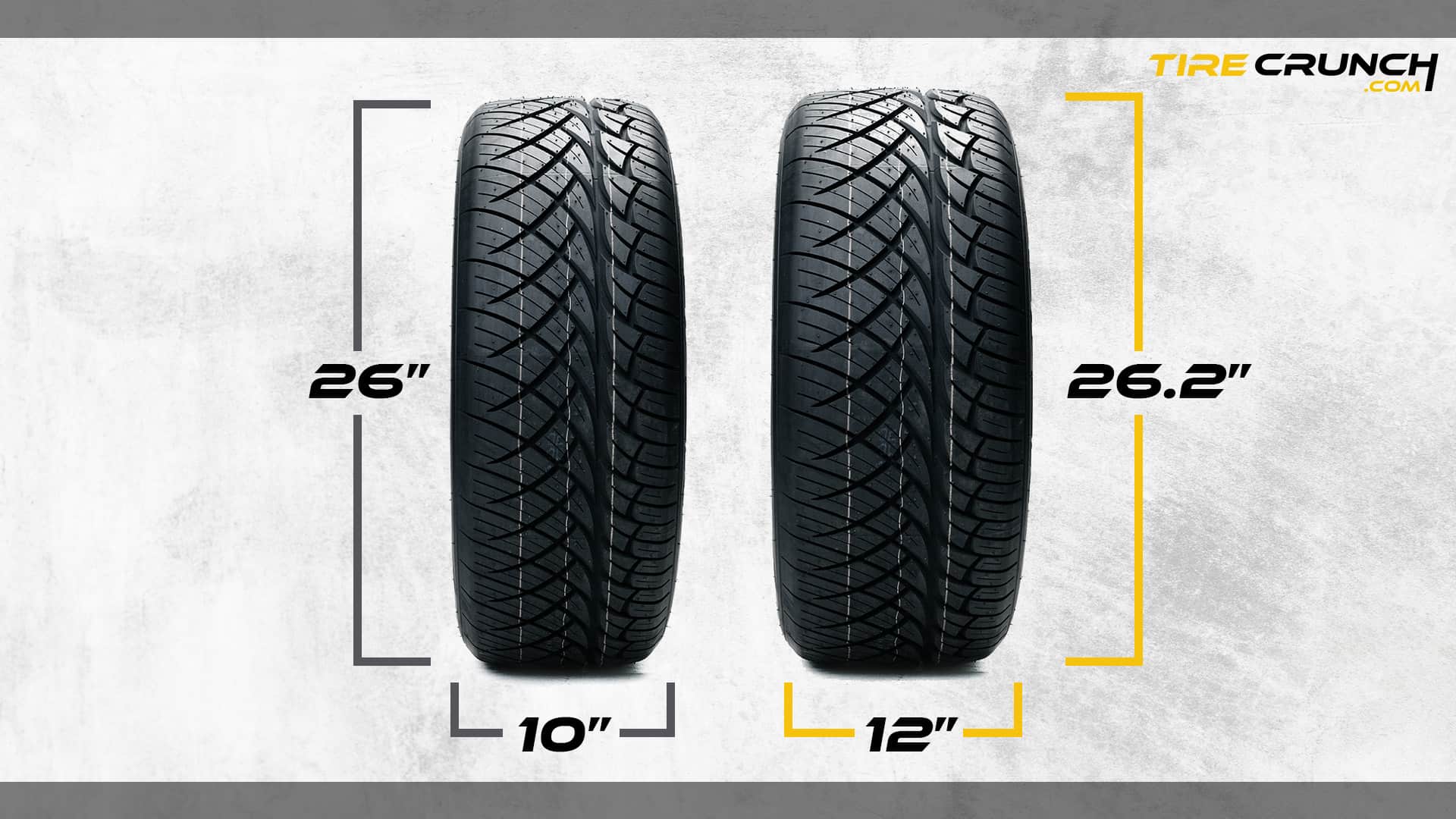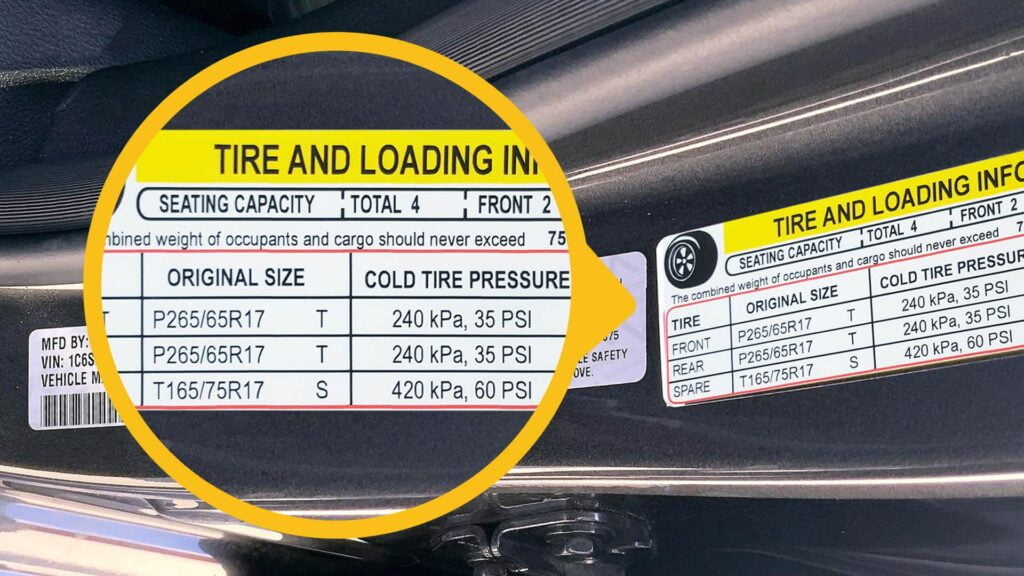5 Dangers of Using Wrong Size Tires on Your Car

Choosing the original equipment tire size for a vehicle involves a significant amount of engineering, research, and development. Performance engineers are particularly interested in tire size as it directly affects a vehicle’s driving dynamics. They set tire size limitations based on the arrangement of suspension components, body panels, fender liners, and other parts.
Despite this, many driving enthusiasts are tempted to change tire size for aesthetic or performance purposes.
Changing the tire size of a vehicle without careful consideration can be dangerous. Choosing the wrong size tires on your car can potentially damage the vehicle and pose safety hazards. In light of this, it’s crucial to understand the hazards and factors to consider when making tire size changes.
Think about it like this: imagine running in shoes that are too tight or too loose. Your feet would feel uncomfortable, and you’d be more likely to trip or lose your balance. The same goes for cars with ill-fitting tires – they’ll have trouble on bumpy roads and may even skid during sharp turns.
How To Determine The Correct Tire Size For Your Vehicle
One of the most straightforward methods to determine the correct tire size for your vehicle is by locating the tire placard. This can usually be found on a sticker attached to the driver’s side door jamb, fuel filler flap, or inside the glove compartment.

The Risks Of Using The Wrong Size Tires On Your Car
Using the wrong size tire on your car can lead to various risks and dangers such as compromised traction, increased instability, and voided warranties.
Voided Warranty
According to the Magnuson Moss Warranty Act (MMWA), an automobile manufacturer cannot void your vehicle warranty due to the installation of aftermarket or non-OEM parts – UNLESS they can prove that the aftermarket part caused the vehicle failure or contributed to it (15 U.S.C. 2302 (C)).
So, let’s say you are running different-sized tires on your car and you experience suspension or axle damage. If the carmaker can prove that your tires have caused damage to the suspension components – then your warranty will be voided.
If however your door lock fails, then this failure should not be directly linked to oversized/undersized tires. In such scenarios, the automaker is responsible for fixing the faulty door lock.
Liability Risk
Using the wrong size tire on your car can result in legal trouble. According to “The Injury Lawyers”, if you get into a car accident while driving with tires that are not recommended for your vehicle, you or the tire installer may be held liable.
Damage To Your Vehicle
Driving with the wrong size tires can cause significant damage to your vehicle. It may place extra strain on the suspension, brakes, and drivetrain components due to altered driving dynamics.
Rubbing Against Other Parts
There have been cases where using an incorrect-sized tire led to rubbing against other components which over time could result in costly repairs for both cosmetic damages as well as mechanical issues.
Incorrect Dashboard Readings
When the tire size is different from what the vehicle’s computer system is programmed for, it can cause the speedometer and odometer readings to be inaccurate. This is because the vehicle’s computer is expecting a certain number of rotations per mile, which is calculated based on the tire size.
If the tire size is different, the number of rotations per mile will also be different, leading to incorrect readings.
Common Myths and Misconceptions About Tire Size
“Wider Tires Are Always Better”
When it comes to performance, everyone has a different opinion. Some folks swear by wider tires, while others believe narrow ones are the way to go. But what makes one tire better than another? Is there any truth to the claim that wider tires equal better performance?
Let’s start by exploring the world of tire width. Wider tires do offer certain advantages that narrow ones don’t. They can provide more surface area on the road, which means greater traction and stability at higher speeds.
But as with anything, there are trade-offs to consider. Wider tires can also decrease fuel efficiency due to increased friction with the road. And they might not perform as well in snowy or icy conditions since they have less pressure per square inch (PSI) on the ground.
Conclusion
In conclusion, using the wrong size tire on your car can lead to a host of dangerous consequences. From compromised control and reduced performance quality to voided warranties and legal implications, it is crucial that you use the correct tire size for your vehicle.
Take care when choosing new tires and ensure that they match the specifications outlined in your owner’s manual or on the tire placard. By doing so, you can help keep yourself and other drivers safe on the road while also protecting your vehicle from damage.
